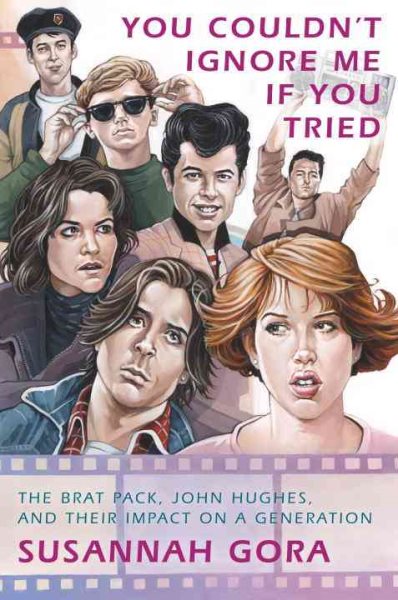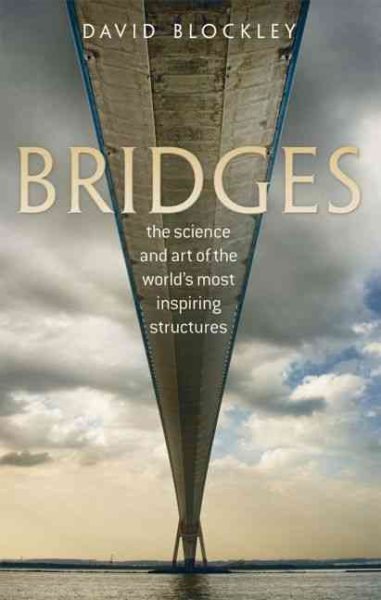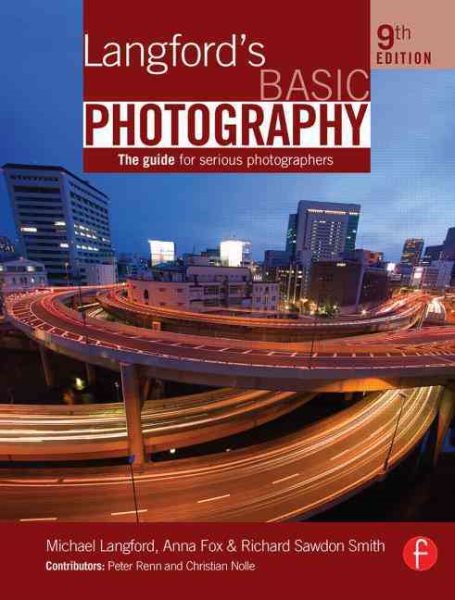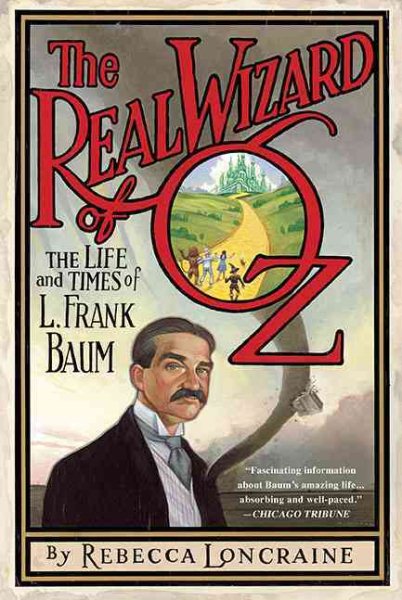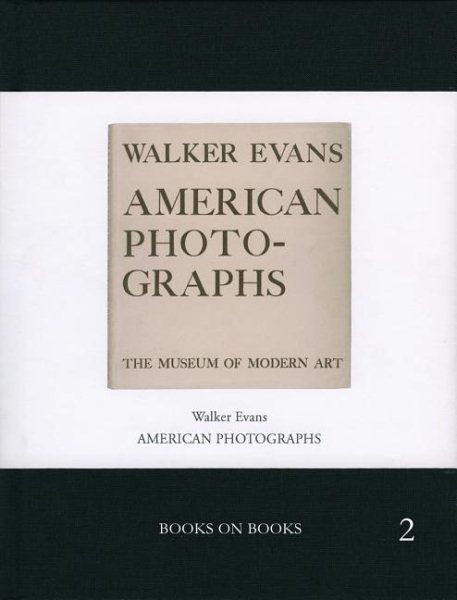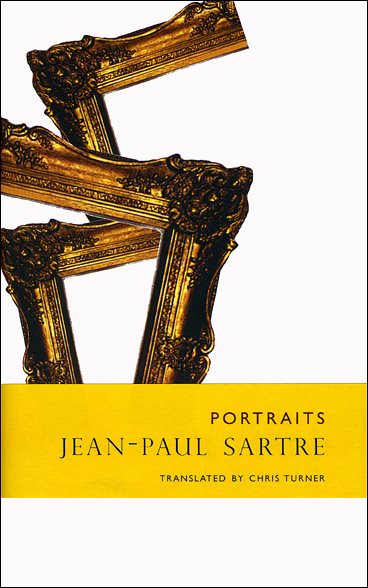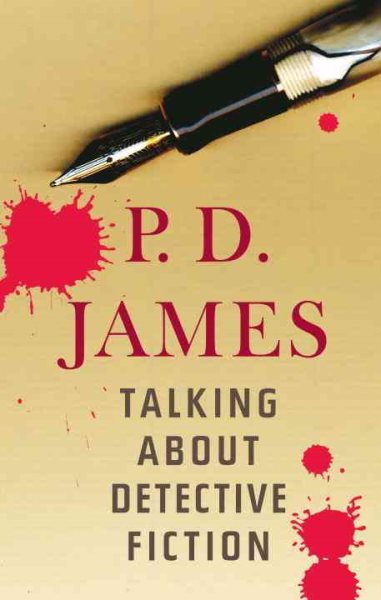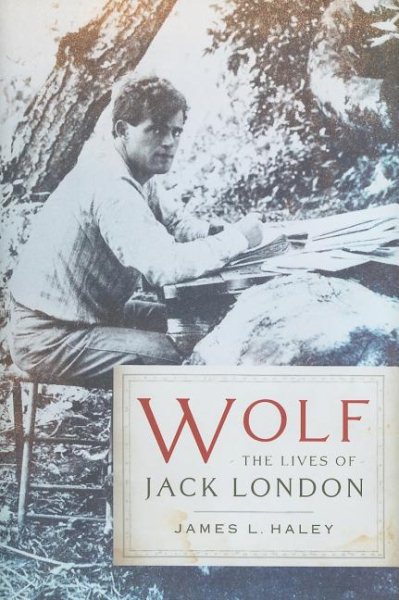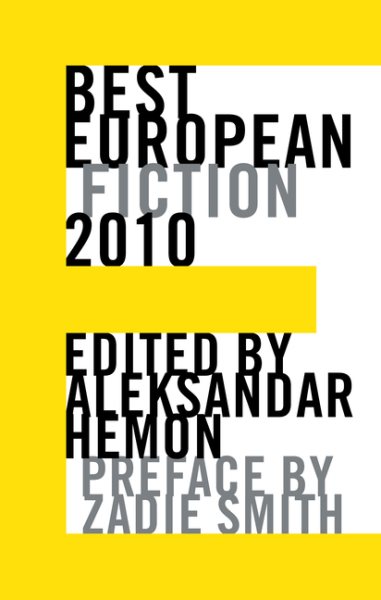 Edited by Aleksandar Hemon with a Preface by Zadie Smith
Edited by Aleksandar Hemon with a Preface by Zadie SmithDalkey Archive Press inaugurates a planned series of annual anthologies of European fiction with this impressive first volume, which gathers short stories from 30 countries. Readers for whom the expression "foreign literature" means the work of Canada's Alice Munro stand to have their eyes opened wide and their reading exposure exploded as they encounter works from places such as Croatia, Bulgaria, and Macedonia (and, yes, from more familiar terrain, such as Spain, the UK, and Russia). Even tiny Liechtenstein is represented, by a correlatively tiny but pungent story, "In the Snow," about two teenage boys hiking to another town that promises great entertainment. The stories are arranged alphabetically by home country. The first, then, is from Albania, a piece called "The Country Where No One Ever Dies," a beautifully composed and marvelously entertaining expression of Albanian cultural eccentricities. Certainly not all stories are conventional in construction or easy to decipher, but every piece benefits serious fiction lovers' reading experience. The book contains an insightful preface by novelist Zadie Smith, who overviews the included stories' commonalities and differences, as well as an introduction by Bosnian writer and volume editorHemon, author of the highly acclaimed novel The Lazarus Project (2008) and now a Chicago resident, who eloquently insists that the short story is hardly a moribund literary form.
Check Catalog

